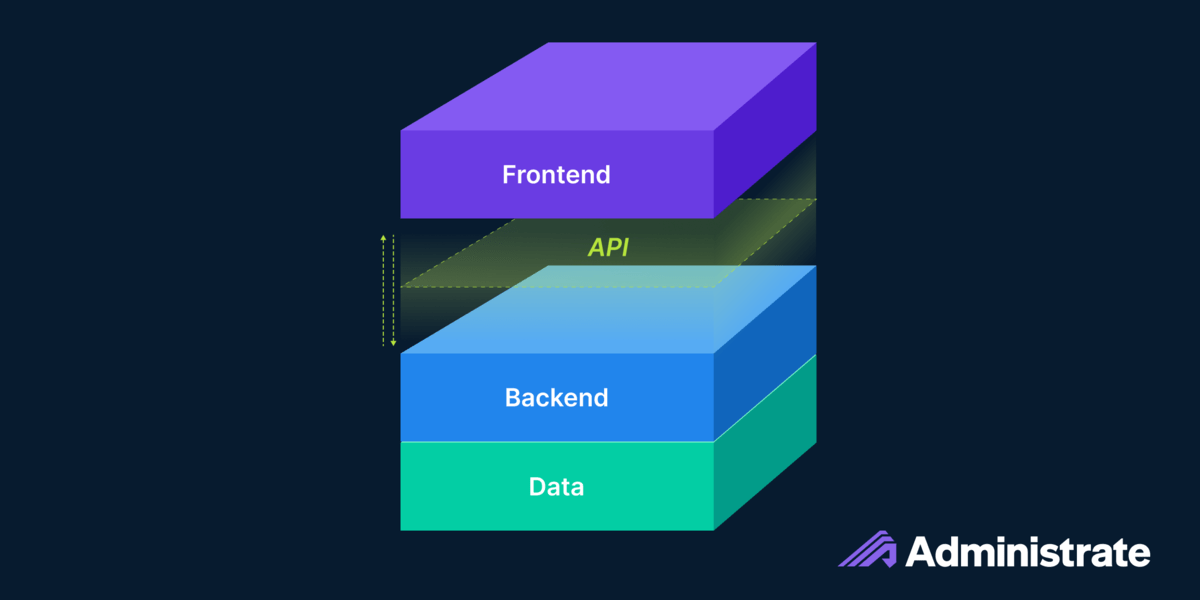Why Learning Technology Infrastructure Is Your Next Enterprise Training Investment
In the 1850s, Peter Cooper read the room. A leading inventor of his time, he saw buildings stretching higher and higher in the ever-changing New York City skyline. He realized that staircases, though a reliable technology, would soon lose practical value. So, when he designed the Cooper Union Foundation Building, he constructed an empty vertical shaft that ran from the bottom to the top of the building. At the time, freight lifts in various forms had been in use for decades, but safe passenger elevators would not be invented for another four years after his building was complete.
Cooper was not creating solutions to fit the constraints of the present. Instead, he built in the ability to accommodate the innovation he knew would come, and foresaw the capabilities that would be required to support the future.
Today, insightful leaders in enterprise training are planning in the spirit of Peter Cooper, and taking a new approach to learning platforms that architects training technology for insight and innovation. Digital transformation training is no longer about an LXP, LMS or the next modality platform. It is something deeper and more fundamental.
The key to the future of enterprise training is learning technology infrastructure.
Training has always been responsive to new technology and has often been an early adopter of innovation. The investments of many companies reflect this, with e-learning tools and learning tech stack budgets soaring into the millions for larger organizations. However, for decades, this investment has remained disjointed, and this core business function abounds with point solutions built to address singular tasks, resulting in a hodgepodge collection of tools required to produce a modern training program. Such disconnected systems produce disparate data that requires many manual hours invested in spreadsheets to attempt to cobble together insightful reporting.
This is the data management staircase that has carried enterprise training to where we are today. It has taken organizations far but at a slow pace, while still requiring tremendous effort. It is also technology that is not sustainable as businesses climb higher, change faster and compete harder. Workforce needs such as upskilling and training have already outpaced this climb.
The most painful problem with this old technology is that, while it may produce a program, it cannot empower timely, data-driven decisions. CLOs and CHROs know that the deeper value of the training function lies far beyond activity metrics and exit surveys. Training data can predict and prepare an organization to act competitively in its market. It can inform high investment return on talent recruitment and retention. It can identify where operational hours can be gained for innovation that pivots an industry. Harnessing the business intelligence of training requires learning analytics and an approach to learning technology that is flexible to change. Point solutions will never provide this.
So, what is the elevator shaft equivalent for enterprise training today? It’s headless architecture for learning technology.
Like Cooper’s elevator shaft, training leaders are installing an open infrastructure to serve as the core of their learning tech stack. Long leveraged by e-commerce and other key business functions, a headless approach to training technology means that organizations can utilize best-in-class point solutions for designing and delivering learning experiences while maintaining a consistent system of records for deep analysis. It also opens the door to a centralized system of training management on the back end, creating deep efficiencies, continuity and stability for program execution. When this foundation is installed and data is centralized, programs are ready to adopt emerging technologies, such as AI tools, without risking the stability and utility of their prior investments.

This operational readiness in learning technology is a game changer—if you get into the game. Much like an elevator shaft, a headless approach to your learning tech stack is not something you can just add on later. You’ve either built this agility into your learning technology infrastructure, or you haven’t. This singular decision is the most crucial and consequential factor in learning tech purchases today. You may or may not leverage headless capabilities immediately, but the decision to equip your training program with them will largely determine your ability to adopt, integrate and gain intelligence from the learning technologies you use in the future. Without a headless architecture, your training program, and your business, will be taking the stairs.
What’s your vision for your learning technology infrastructure? It’s time to focus on agility—not just utility. Training leaders are now implementing a headless architecture approach. Why not explore how your organization can move toward this capability?
Access Administrate’s guide, How Headless Architecture Transforms Training.— John Peebles, CEO, Administrate
This article originally appeared in Business Reporter.
Images: Courtesy of Administrate
